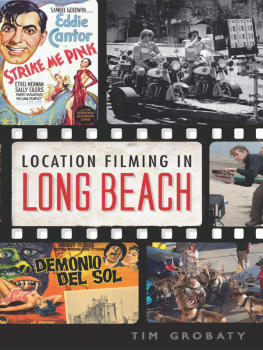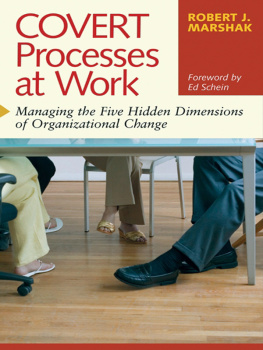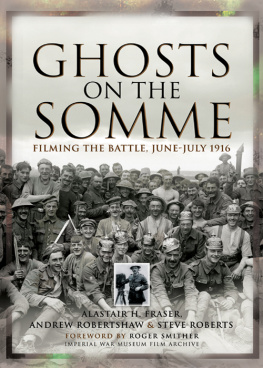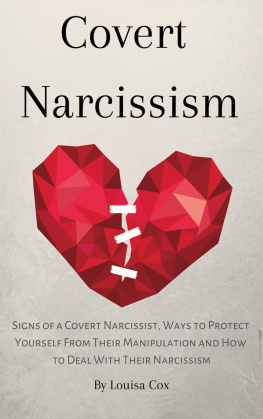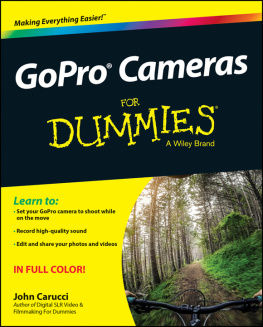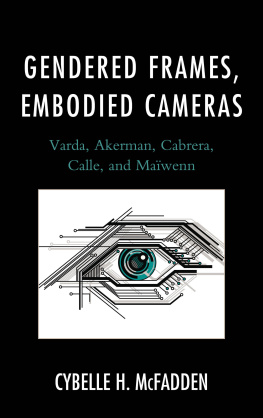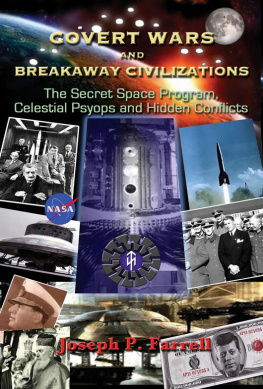HIDDEN CAMERAS
This book is for everyone who might use secret filming to expose wrongdoingand for everyone who supports them, everyone who is affected by them and everyone who is interested in them. In other words, its for everyone.
HIDDEN CAMERAS
EVERYTHING YOU NEED TO KNOW ABOUT
COVERT RECORDING,
UNDERCOVER CAMERAS
AND SECRET FILMING
Joe Plomin
Jessica Kingsley Publishers
London and Philadelphia
First published in 2016
by Jessica Kingsley Publishers
73 Collier Street
London N1 9BE, UK
and
400 Market Street, Suite 400
Philadelphia, PA 19106, USA
www.jkp.com
Copyright Joe Plomin 2016
All rights reserved. No part of this publication may be reproduced in any material form (including photocopying or storing it in any medium by electronic means and whether or not transiently or incidentally to some other use of this publication) without the written permission of the copyright owner except in accordance with the provisions of the Copyright, Designs and Patents Act 1988 or under the terms of a licence issued by the Copyright Licensing Agency Ltd, Saffron House, 610 Kirby Street, London EC1N 8TS. Applications for the copyright owners written permission to reproduce any part of this publication should be addressed to the publisher.
Warning: The doing of an unauthorised act in relation to a copyright work may result in both a civil claim for damages and criminal prosecution.
Library of Congress Cataloging in Publication Data
Plomin, Joe.
Hidden cameras : everything you need to know about covert recording, undercover cameras and secret
filming / Joe Plomin.
pages cm
Includes bibliographical references.
ISBN 978-1-84905-643-4 (alk. paper)
1. Electronic surveillance. 2. Hidden camera photography. 3. Undercover operations. I. Title.
TK7882.E2P578 2015
621.367--dc23
2015024295
British Library Cataloguing in Publication Data
A CIP catalogue record for this book is available from the British Library.
ISBN 978 1 84905 643 4
eISBN 978 1 78450 136 5
CONTENTS
ACKNOWLEDGEMENTS
Many kind and generous people have helped this book along. Special thanks are due to: Philip Abrams, Malcolm Balen, Kevin Biderman, Joe Casey, Eileen Chubb, Roger Courtiour, Sheila Cracknell, John Davison, Clive Edwards, Jim Gray, Andrew Head, James Hellings, John Hession, Alison Holt, Wendy Inchley, Roger Law, Roger Mahony, Mandy Mugford, Robert Plomin, Tamanna Rahman, Joshua Sallon, Russell Sharp, Frank Simmonds, Ceri Thomas, Karen Wightman, Joyce Zannoni, numerous necessarily anonymous whistle-blowers, and finally, most importantly, the two ladies who believed in this book even when Ive been at my most annoying: Jessica and Esther. Thank you all. Please forgive me, anyone Ive left off who helped me out
PHOTO CREDITS
Image on page 30 reproduced under the terms of the Creative Commons 2.0 license. felixthehat / CC-BY-2.0.
Image on page 31 reproduced under the terms of the Creative Commons 2.0 license. Kashfi Halford / CC-BY-2.0.
Image on page 34 reproduced by kind permission of Bonhams.
Images on the back cover and pages 50, 80 and 88 and are reproduced by kind permission of the BBC.
Image on page 98 reproduced by kind permission of Murdo MacLeod.
Image on page 163 reproduced under the terms of the Creative Commons Share Alike 3.0 license. Michael Schilling / CC-BY-SA-3.0.
Images on pages 195 and 197 reproduced by kind permission of Mandy Mugford.
INTRODUCTION
Secret filming is no longer the preserve of a small cabal of professional journalists and private investigators. Social activists, citizen journalists and watchful members of the public are now recording more covert footage, and more important evidence, than professionals like journalists, private investigators and others. The general public itself is using cameras to stop illegal or antisocial behaviour.
They need help with that covert recording they could often do it better. People across the UK email me at the BBCs Panorama programme, where I work, with secret footage and audio recordings hoping we can broadcast their evidence. Currently, most of what we are sent does not prove what the sender hopes to prove. That can be because of technical issues (for example, the quality is too poor), but more often it is because someone has not sufficiently questioned why they are recording or what their footage means.
There is a second group of people whose mistakes I see when I go through the BBCs Panorama postbag and who can also benefit from the window I am trying to open into the reality of covert recording. Police officers, social workers, media broadcasters, politicians, print journalists, as well as regulators and their inspectors too often respond poorly to secret footage. Professionals can fail to assess and interpret secret footage properly and therefore can benefit from the advice in this book.
This book contains all of the strategies, techniques and observations from the time I have spent working with hidden cameras, since 2002. I hope that sharing them will assist more people to get it right.
THE INSPECTORS STORY
A regional manager (whom I wont name) for the national health and social care inspectorate of England, the Care Quality Commission (CQC), spent an entire day with me at the BBCs headquarters in Central London in 2014.
She was very polite and extremely diligent, but when she first arrived I felt something slightly odd was going on; it was hard to pinpoint exactly what, though.
The CQC had contacted me regarding one of the films I had produced, during the making of which reporter and journalist Alex Lee worked in a large elderly care home as a care worker. The care home did not realise at the time that Alex was also wearing hidden cameras and working as a journalist for the BBC.
Alex had filmed evidence of poor care being given in that facility even one care worker apparently slapping a resident.
The CQC came to me after the film was broadcast saying they wanted to ensure there were no further issues that they needed to understand related to the home. They said they wanted to get more insight into the way care is provided in order to help us get to the right action quickly.
When she first arrived, though, this regional manager seemed a bit distant. To my discredit, I assumed wrongly, as it turned out that maybe she had been ordered to come see me, that maybe she was reluctant and uninterested.
But that was not the problem at all.
She spoke to me at length and worked through the detail of what we had found and how we had uncovered it. She worked hard the whole day. This clearly was not someone who was reluctant. The more time that passed, the warmer she got and she wasnt doing any of this simply to please me.
She finally cleared up the mystery of what was going on.
At the end of the day, just before she was about to go, she admitted that when she first turned up she had a settled opinion about hidden cameras: she just didnt like secret filming.
She came to the BBC convinced that hidden cameras were a bad idea, full stop. Now, instead, she was struck by the depth of understanding we had achieved in really very few shifts working in an elderly care home. She told me she now saw that we, during our investigation, had clearly agonised about everything we did throughout our filming.


